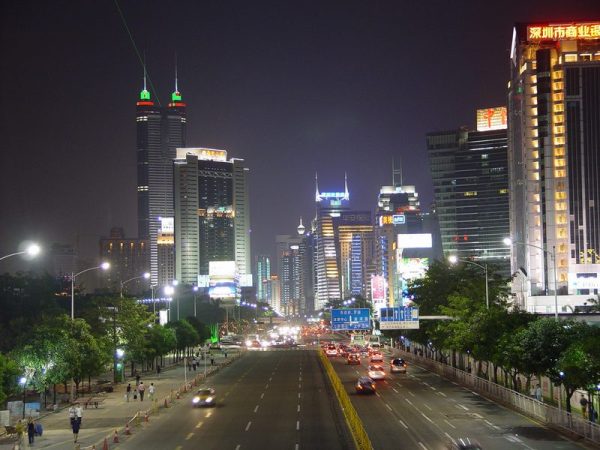
Hainan Airlines flights to Sydney, which begin at this end of its Hangzhou and Shenzhen services this Thursday, come with bigger things to consider than another three return flights to China on a medium sized airliner.
Whatever the shorter term fluctuations in trade between Australia and China, a deluge of non-stop connections between our cities and theirs is inevitable in the medium term.
The consequences of 1.3 billion people making their new long march to a place in the sun are going to transform international route structures for Australia, and overflow into domestic air services, and add further pressure to policy settings concerning our airports. Just as they will elsewhere in the world.
It could be argued that Hainan’s A330-200 flights will be the first to realise in this country the quarter century old promises made about the ‘route fragmentation’ of hub-centric airline networks using large jets by the spread of non-stop flights by smaller jets between secondary cities. That is, they will come with the business traffic as well as the leisure demand that is essential for new non-stop links between comparatively smaller cities to viably compete with hub-and-spoke route structures where demand is aggregated, or aggravated, if you one of those being aggregated, through the congestion and frustration of being hauled through an airport you didn’t want to use at all.
Hainan’s route strategy here is to give a hub bypass of Hong Kong and Shanghai to travellers doing business in Shenzhen and Hangzhou respectively.
Shenzhen adjoins the northern border of Hong Kong, in the thick of the Pearl River delta manufacturing domain. The Pearl River is to our times what the Ruhr Valley was to the industrialisation of central Europe. Rather important. And even bigger.
The combined population of greater Shenzhen and Hangzhou is estimated at 21 million, or close to that of Australia.

According to China business travellers, if you can actually see Shenzhen on a clear day, it is a modern city of well spaced skyscrapers, which arose on the site of a fishing village after it was declared to be China’s first special economic zone in the late 70s. It has a resident population of nine million, greatly expanded by rivers of commuters, including something in the order of 200,000 daily each way from Hong Kong.
These workers and shoppers largely commute between the twin cities using metro lines divided by a river crossed by a pedestrian overpass with automated border checks requiring biometric cards and a thumb print scanner. However if you are for example a foreign business traveller other than one resident in Hong Kong, and ineligible for this border pass, being able to fly to Shenzhen non-stop rather than via Hong Kong is of compelling interest, as it saves you hours of frustration.
Hainan Airlines is flying its initial Australia route using an Airbus A330-200 fitted with 222 seats, which is 81 fewer than a two class Jetstar version of the same jet, and arranged into 36 flat bed seats in business class and 186 seats in economy.
It is China’s fourth largest airline, is privately owned, and was established in 1989. It has 11 international wide body jets and at the end of last year, 68 Boeing 737s, most of them new -800s, on its domestic network. It has a fatality free operational record.







Crikey is committed to hosting lively discussions. Help us keep the conversation useful, interesting and welcoming. We aim to publish comments quickly in the interest of promoting robust conversation, but we’re a small team and we deploy filters to protect against legal risk. Occasionally your comment may be held up while we review, but we’re working as fast as we can to keep the conversation rolling.
The Crikey comment section is members-only content. Please subscribe to leave a comment.
The Crikey comment section is members-only content. Please login to leave a comment.